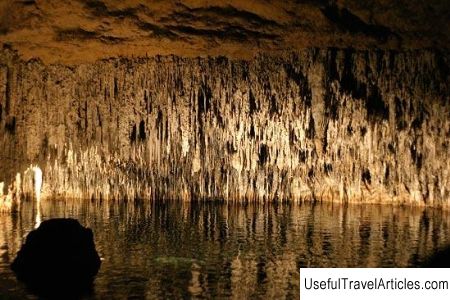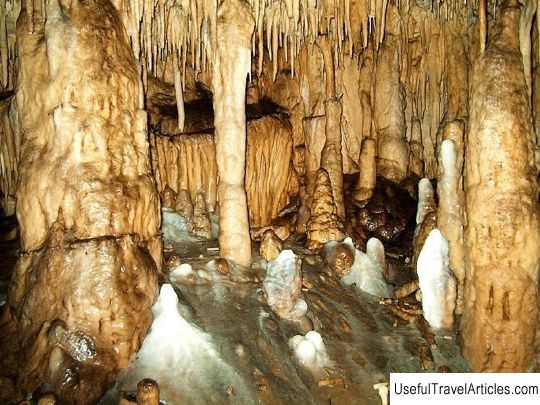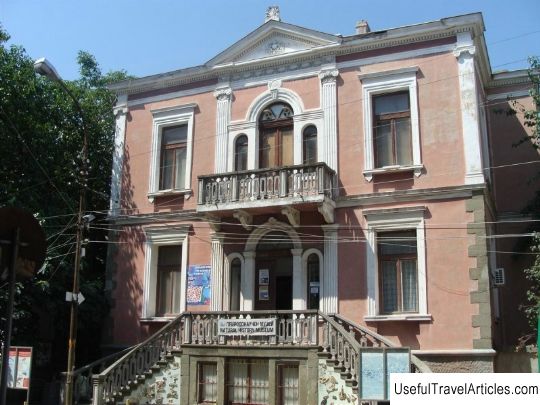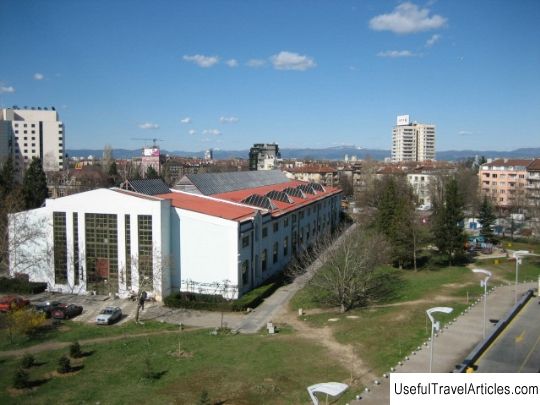Museum of speleology description and photos - Bulgaria: Chepelare
Rating: 7,8/10 (100 votes) 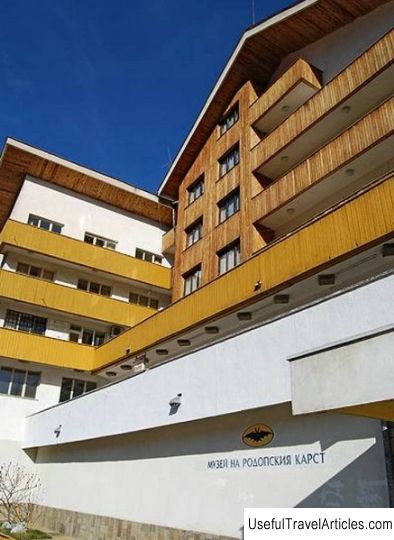
Speleology Museum description and photos - Bulgaria: Chepelare. Detailed information about the attraction. Description, photos and a map showing the nearest significant objects. Photo and descriptionThe Museum of Speleology in the town of Chepelare is the only such museum in Bulgaria and one of the few in Europe. Its history began in 1950, when a local speleological club was created to explore the caves in the Rhodope Mountains - Uhlovitsa, Devil's Throat, Yagodinskaya and others. In 1968, a small exhibition was opened, which showed climbing equipment, diagrams and tables, as well as ceramics and bones found in underground passages. In 1970, with the support of the National Natural Science Museum, the Institute of Zoology and the Sofia University of St. Clement of Orchid, scientific research of the Rhodope caves began. And ten years later, a unique museum of the Rhodope karst was created in Bulgaria. In 1983, it was turned into the Museum of Speleology and Bulgarian Karsts. The Museum has a main fund of 9400 exhibits, an auxiliary fund of 7100 exhibits and an exchange fund of 170 exhibits. The museum library contains 730 volumes of scientific literature. The total exhibition area is 870 sq. meters. The exposition includes the following sections: "Surface and underground karst forms", "Mineralogy, geology and petrography", "Biospeleology", "Cave archeology" and "Cave paleontology". In the hall "Mineralogy, geology and petrography "Presents a collection of minerals found in the Rhodope: cave minerals, igneous rocks, sedimentary rocks, etc. The exposition" Surface and underground karst forms "includes karst formations of the Triassic period, salt, gypsum, limestone of the Jurassic period, etc. Here you can also see cave stalactites and stalagmites, cave pearls, crystals. The Department of "Biospeleology" has a collection of specimens of representatives of cave flora and fauna. There are 40 species of troglobionts - animals that constantly live in caves, and 10 species of the order of bats (bats). In the "Cave Paleontology" hall, museum visitors can see the remains of animals from the Tertiary period: teeth, skull and bones of the extremities of a cave bear, the lower jaw of a leopard, teeth and upper jaw of a rhinoceros, the skeleton of a wild horse, etc. The collection "Cave archeology" contains about 100 artifacts from the Paleolithic and Eneolithic periods discovered in caves.     We also recommend reading Frangokastello fortress description and photos - Greece: Crete Topic: Museum of speleology description and photos - Bulgaria: Chepelare. |
